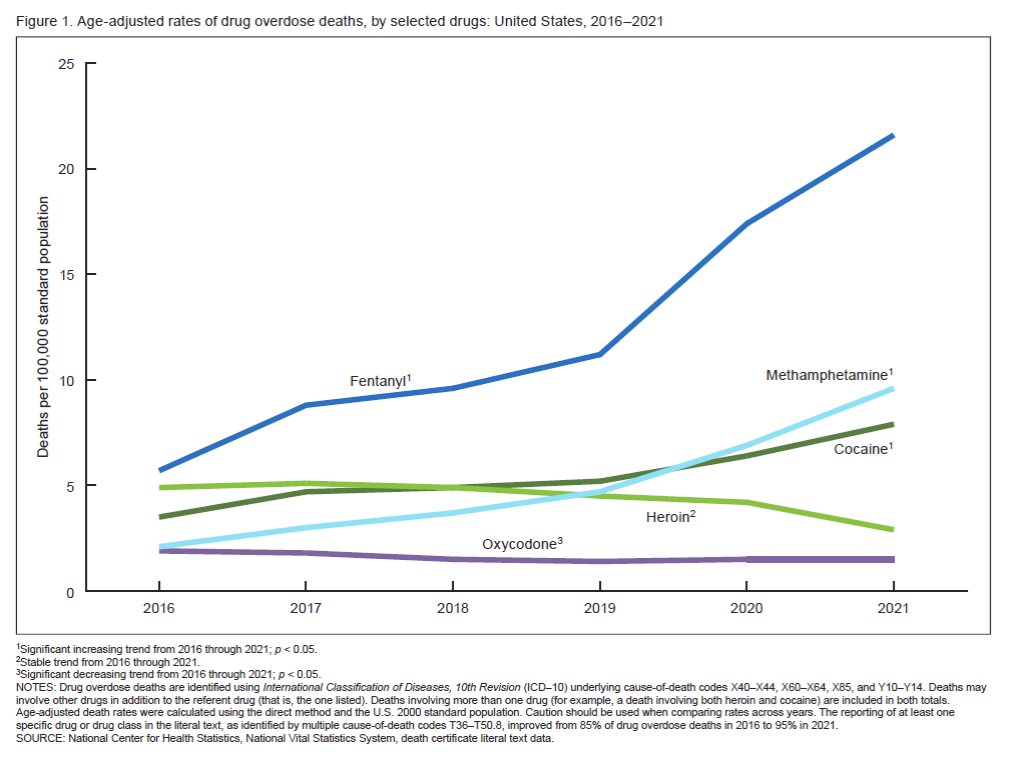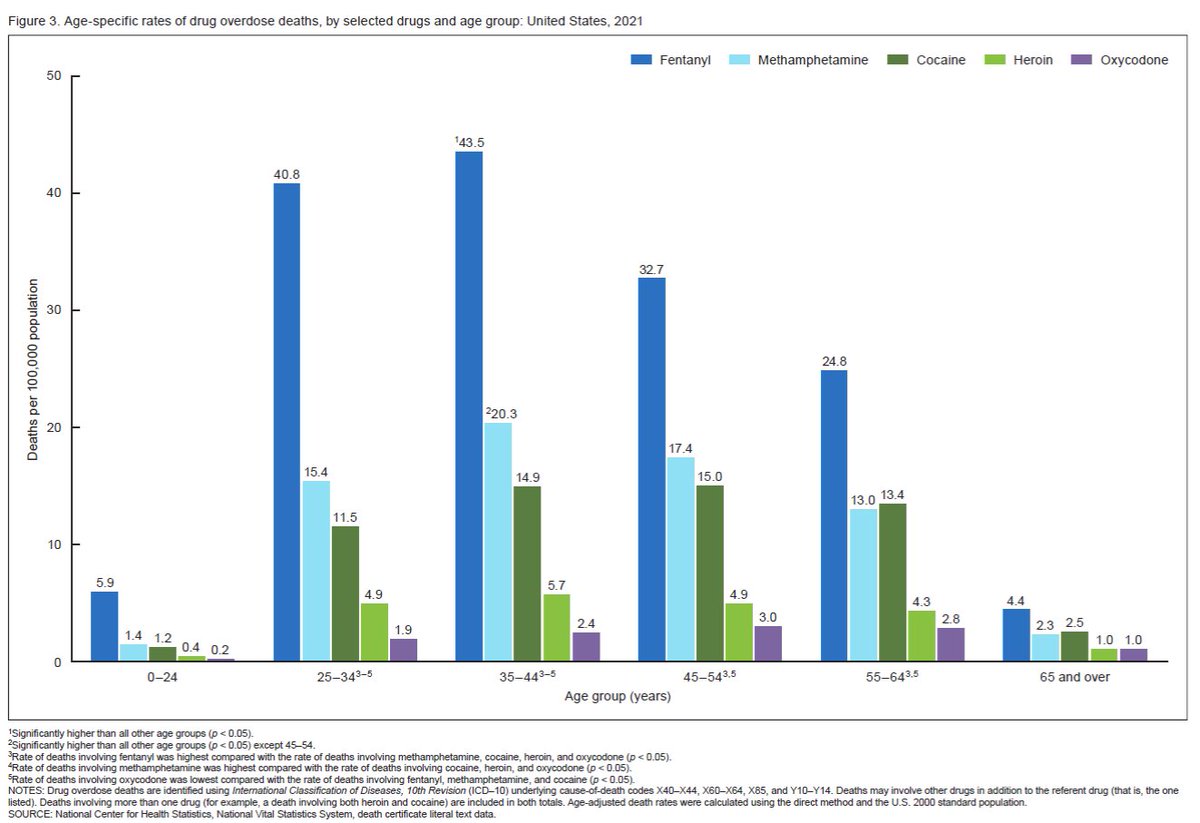Really powerful piece in the New York Times today about the intersection of the overdose crisis and #COVID19. Some thoughts and observations in a thread below: nytimes.com/2020/09/29/hea…
1) I actually LOVED the title of the piece - "The Drug Became His Friend."
As a harm reductionist, I spend a lot of time talking abt the fact that drugs work. They WORK. They meet physical needs, emotional needs, spiritual needs, so many others. We need to be reminded of this.
As a harm reductionist, I spend a lot of time talking abt the fact that drugs work. They WORK. They meet physical needs, emotional needs, spiritual needs, so many others. We need to be reminded of this.
2) Harm reductionists spend a lot of time trying to create space to talk about how and why drugs work for people. The role they play. The purpose. The meaning. "Don't take away what you can't replace" is a mantra we use a lot. And focusing on abstinence negates this process.
3) Common narratives focus only on drug harms. Frame drug use unidimensionally as self-destructive and damaging. Not as a form of self-care and coping. So many of us can't hear this because it scares us. We're afraid of going there. We're told we shouldn't.
4) The problem is that we take away a drug or force someone to give it up before we've built an understanding of the role it played and built a skill set of replacement strategies. We take away your armor then send you to war.
5) I'll skip now to the most striking part of this article for me- THE VISUALS. Note the bright skies. The color. The beauty. The family. The community. The framed photo. The mundane. The simple domesticity of life.
6) A few years ago I had to attend a panel discussion entitled "A Tale of Two Crises: Reading images of a social epidemic." (I found the recording here and highly recommend you leave it on the background/bookmark: icp.org/browse/archive…)
7) Panelists included photographer Jeffrey Stockbridge, Kalah Siegal a NYC journalist, Michael Shaw a visual journalism expert, and moderated by the inimitable Dr. Helena Hansen (whose name you should all know as a pioneer of challenging the 'whiteness' of the OD crisis)
8) I livetweeted it so you can read my thoughts and get glimpses of images/slides here:
https://twitter.com/MyHarmReduction/status/1050065535310995458?s=20
9) This piece and the imagery of white rural America made me think of a lot of what Michael Shaw discussed as the clear contrast between how the current overdose crisis is depicted vs. heroin in the 80s and crack in the 90s.
10) "Photos are almost always shot in color rather than the starker black and white. We typically see daytime or well-lit indoor photos, as opposed to night action on seedy streets or dark alleys. There is minimal engagement with courts, jail, or the police..." -Shaw
11) "And there is a stress on domesticity. The photos often are shot at a home, the spaces mostly tidy or pulled together. Bedroom portraits are common. Opioid stories typically stress the bonds and commitment of family, extended family, and community." - Shaw
12) You can read his excellent piece that his panel discussion was based upon here (and where the above quote is from): cjr.org/criticism/opio…
13) At a time when overdose deaths are spiking across the country, in both rural and urban centers, and when racial disparities in overdose deaths are CLOSING, in some cases have SWITCHED ,so that we have cities/states with Black or Latinx OD rates higher than whites. THIS is it?
FIN.
• • •
Missing some Tweet in this thread? You can try to
force a refresh












